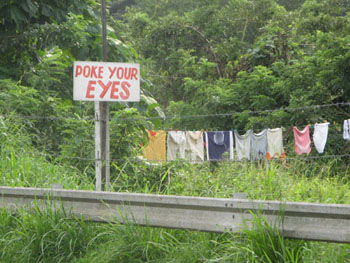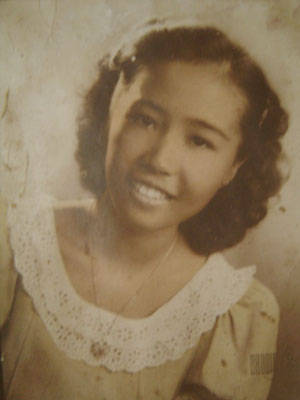Suicide, Media and Mariannet Amper
 I am disappointed in the lack of balance on how media (and some blogs) are treating [tag]Mariannet Amper[/tag]’s death. Even the Catholic Church, for goodness sake. Today is Mariannet’s burial but our beloved [tag]Catholic Church[/tag] in St. Francis of Assisi Parish Church in Barangay Ma-a is in a dilemma. She might not be given funeral rites despite being a devout Catholic because of some old-fashioned priest.
I am disappointed in the lack of balance on how media (and some blogs) are treating [tag]Mariannet Amper[/tag]’s death. Even the Catholic Church, for goodness sake. Today is Mariannet’s burial but our beloved [tag]Catholic Church[/tag] in St. Francis of Assisi Parish Church in Barangay Ma-a is in a dilemma. She might not be given funeral rites despite being a devout Catholic because of some old-fashioned priest.
Is it because he or some of us are still living in the dark ages where [tag]suicide[/tag] is taboo? Or are we in denial, uncomfortable or just limited in our knowledge that some young kids like Mariannet may suffer from [tag]depression[/tag] or chemical imbalance which may have pushed her to die by suicide?
Much of this stigma is is a carryover from the Middle Ages. Victims were forbidden traditional funerals and burials, and suicide was considered both illegal and sinful by the laws and religions of the time.
Today, we understand that most suicides are the result of biochemical illnesses such as clinical depression. Yet, the stigma associated with suicide often forces family members to choose between secrecy about the death and social isolation. Even media avoids talking about it except for a few radio stations that invited a doctor to speak on depression and suicide.
I will emphasize my points below:
1. Focus on poverty situation is one-sided. Almost all the news and blogs talk on poverty or blaming the government (except for news reported here and here). What about the suicide awareness and prevention? We do not know for sure what caused Mariannet to die of suicide. For all we know, Mariannet may have suffered severe depression, which is not the same as merely sad or something that you can snap out of it in a second. Depression affects both the wealthy and economically disadvantaged individuals.
Media needs to address a balance of both the poverty and Suicide Prevention and Awareness as well.
2. Suicide is an illness, not a sin.. Fr. Zenon Ampong, their parish priest in Davao is uncertain about the request of the family of Mariannet for her to be brought to the church for funeral rites citing the policy of the Catholic Church on suicide. Not all Catholic priests are like Fr. Ampong. I bet he is the same type of priest who refuses to bless the dead if the death is caused by suicide but bless cars, pigs, houses…what hypocrisy! May Mariannet rest in peace even without that priest’ blessing.
(Update: November 11, 2007: Fr. Ampong’s gives funeral rites but his sermon shows his ignorance on depression and suicide.. How simplistic his reasons are! But then understanding suicide is not an easy matter either.)
He said that the Mariannet’s death was the result of the sins of other people….The world has been overwhelmed by the sins of the people against others, and this has been paid by Mariannet’s own life, he added.
 On the way to Nuvali, we got so engrossed with the landscape that we missed the turn to the entrance. The sign “Poke Your Eyes” alerted us that Hey you are lost. We had a good laugh as we made a u-turn back to Nuvali.
On the way to Nuvali, we got so engrossed with the landscape that we missed the turn to the entrance. The sign “Poke Your Eyes” alerted us that Hey you are lost. We had a good laugh as we made a u-turn back to Nuvali. Mine is a classic [tag]1940s photo[/tag] of
Mine is a classic [tag]1940s photo[/tag] of 